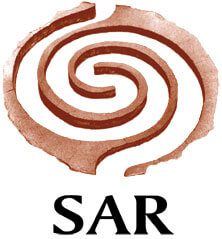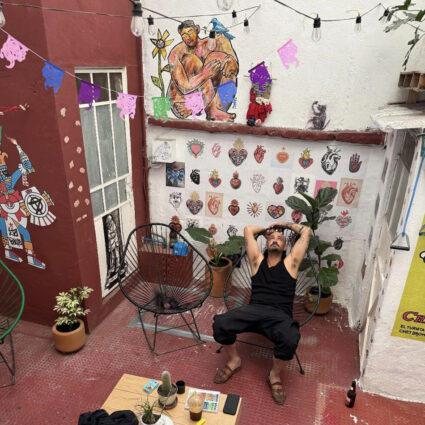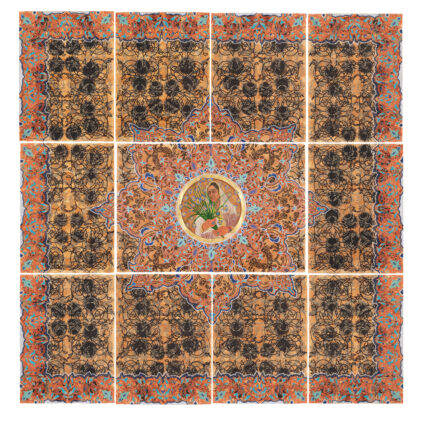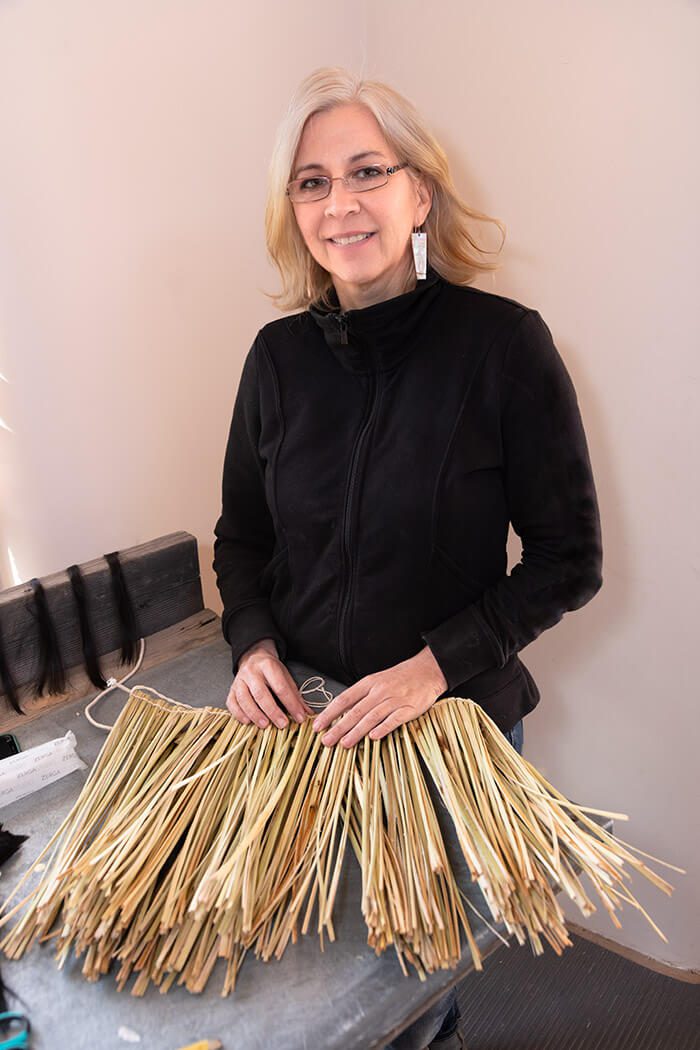
Leah Mata Fragua
Artist Talk, Reception, and Open Studio
May 21, 2020, 5:30 pm
School for Advanced Research, Santa Fe
Artist Leah Mata Fragua plans on using her upcoming fellowship at the School for Advanced Research to shed light on the modern perils of climate change by creating a Chumash dance dress. A member of the Northern Chumash Tribe, yak tityu tityu yaktiłini (the people), she sources materials for her works from her ancestral homeland, which imbues her creations with a place-based quality and points to the finite nature of the resources she pulls from.
There’s a fascinating contrast in this piece between tradition and modern urgency, specifically in how the dress you’re creating uses generations of knowledge to sound the alarm on climate change, a grave contemporary threat. What inspired you?
I can’t say there is one thing that inspired me. Everything I do is an accumulation of everything I have been exposed to… My mom always valued the environment, and in sixth grade, I had a teacher that did as well… This was during the gas crisis when the last number on your license plate determined what day you could get gas. There were long lines, and the news was filled with talk of getting off fossil fuel. The EPA had just been created to help mitigate climate damage, and I felt this sense of doom. As a child, I was voiceless in my concerns, but as an adult, I have the ability to communicate. It just happens that I communicate best through art. This project is me communicating in the best way I know how.
Can you talk about some of the environmental impacts you’ve witnessed growing up off the coast in the Northern Chumash community?
I actually grew up in the San Francisco Bay area, because it was too expensive for my family to remain on the coast—this was pre-Silicon Valley, when much of the South Bay was still filled with orchards and agriculture. Like many Indigenous people, we traveled back home to visit relatives and have gatherings. Because of tribal protocols, I can only gather in my homelands (unless I have permission to gather in someone else’s area). So I gather my materials back home. My biggest concerns are drought, rising oceans, agricultural runoff, and pesticides. I notice there aren’t as many pine nuts, and fish and shellfish populations have decreased since my mom’s time.
When you gather natural materials for your work, what is the process like, and how does it create a narrative?
Gathering materials is the same as prior generations, only we have less access to land. Additionally, access to materials is increasingly difficult due to the privatization of our homelands, land used for oil refineries, nuclear energy plants, public lands…. It’s difficult to gather when everyone but us owns our lands. It’s all about permits, making friends with landowners, or guerrilla-gathering tactics. The narrative is already there. Privatization of land and environmental degradation.
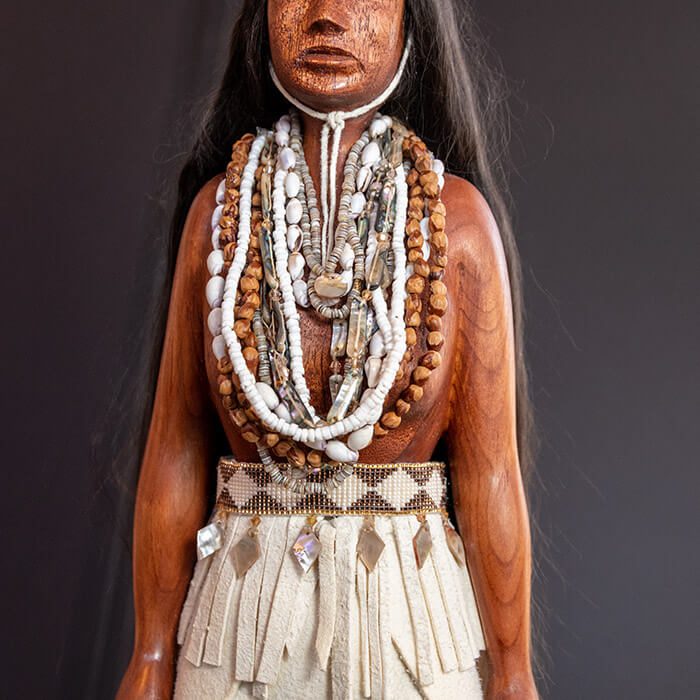
To create the dress, you’ll work with stones, feathers, and fibers using your knowledge of the Northern Chumash landscape. How did you learn to do this?
Our pre-contact-style dresses are made with a relationship to place. We used what was available, and we continue to use what’s available. But now, it’s increasingly difficult to find materials. I don’t have a romanticized story of how I learned dressmaking, like “I come from a long line of dressmakers, where generations of matriarchs taught me.” I acquired my skills from different family members, friends, old notes from my grandma’s interviews with [linguist and ethnologist] J.P. Harrington, and old journals from the Spanish, when they first arrived in our homelands. I didn’t go to art school, so everything I learned comes from experiences with family, friends, place, and, yes, even YouTube. My artwork comes from a sheer desire to create and the fact I have a lot to say, so I never run out of ideas.
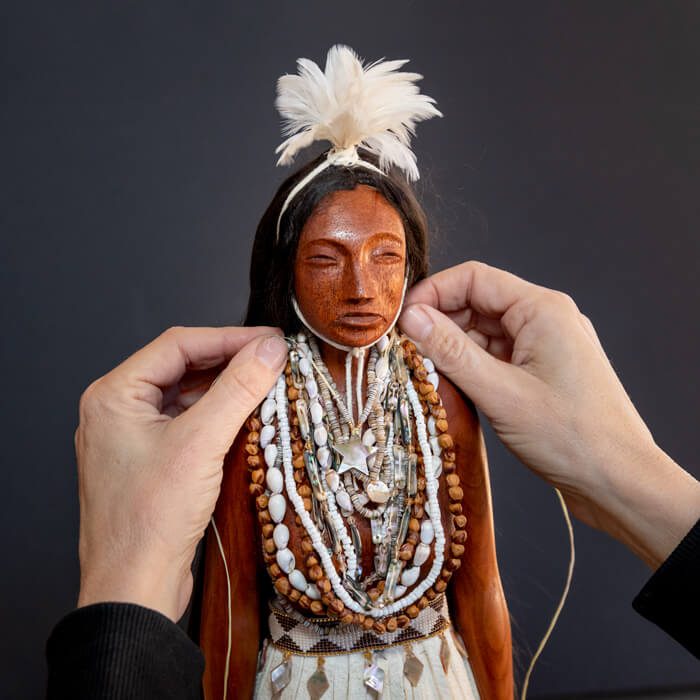
sponsored by
